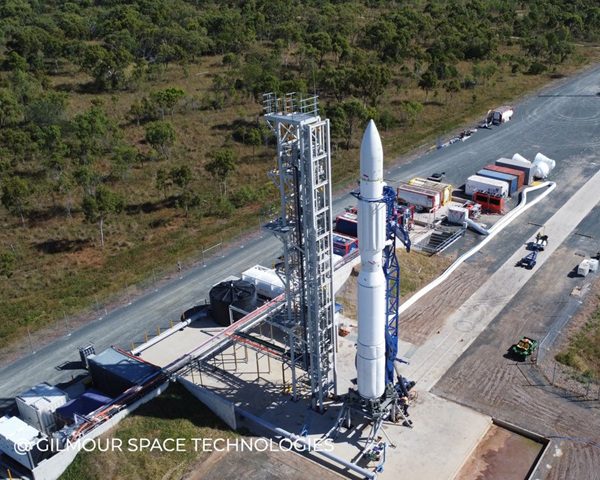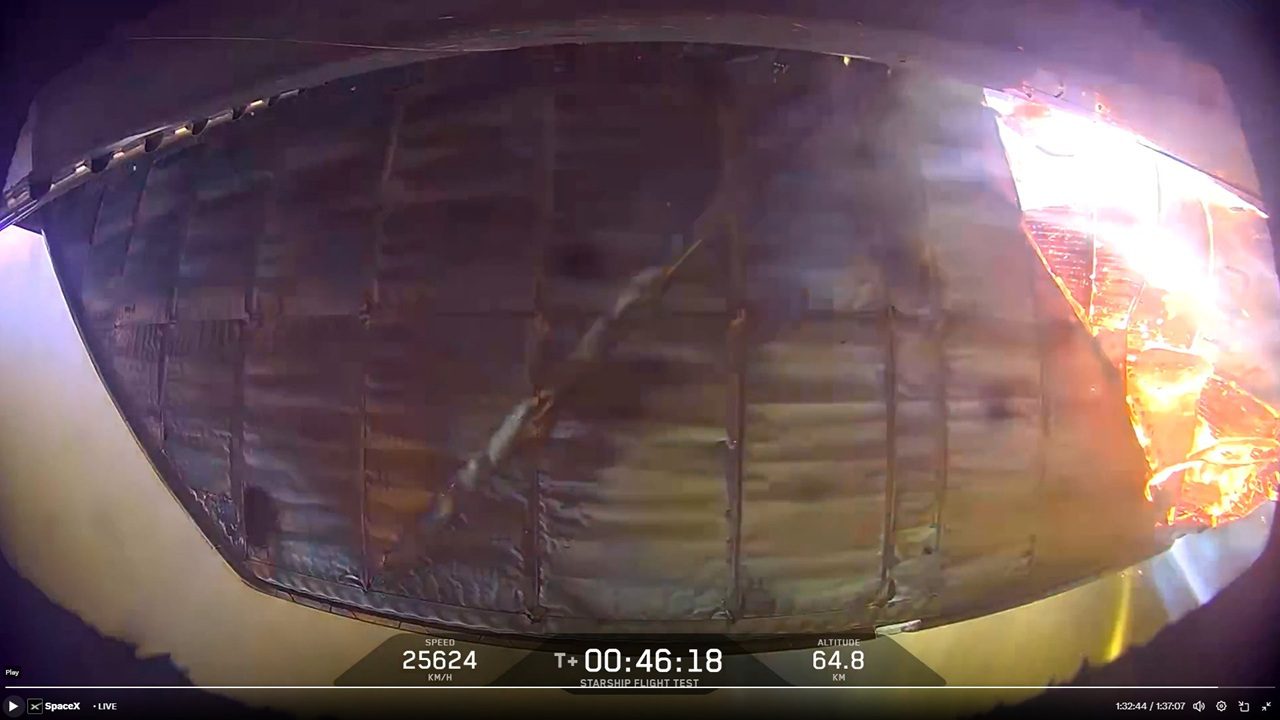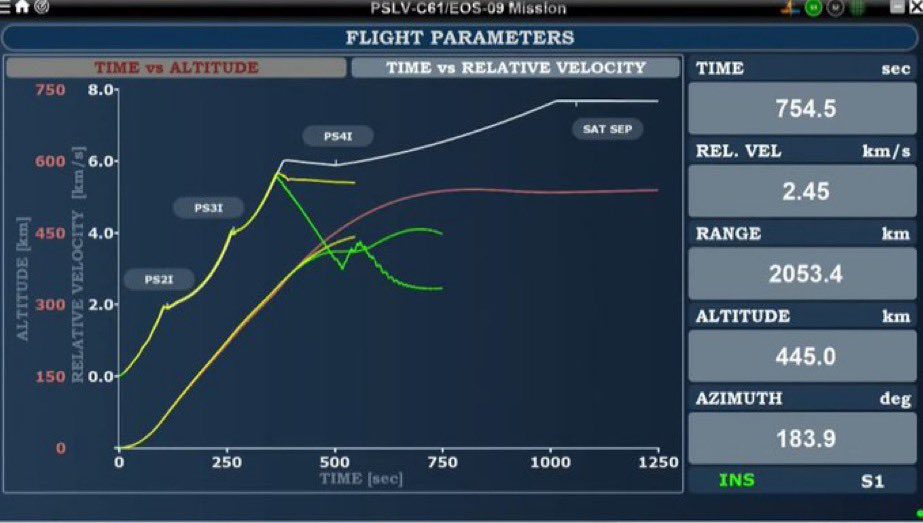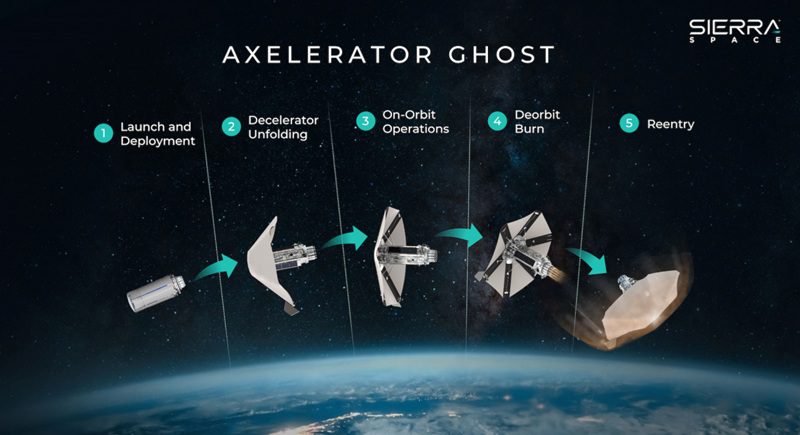The preliminary conclusion of an investigation into the SpaceX Falcon 9R (v1.1R) launch failure, which exploded 2 minutes 19 seconds after launch on 28 June 2015 destroying a Dragon CRS-7 cargo and eight Flock 1F satellites, is that it was caused by an oxygen tank being over pressurised by helium.
Specifically, by using acoustic detector readings, it was found that a strut holding down one of helium tanks inside the oxygen tank had snapped (probably near the bolt attachment point). This caused a short helium leak, which allowed helium to over-pressurise and blow up the second-stage oxygen tank. Engineers “heard” the strut snap using recordings from sound detectors aboard and they were able to locate which one it was using acoustic triangulation.
Elon Musk who both heads up the SpaceX firm and acts as its Chief Technology Officer noted that the helium tank’s buoyancy inside the oxygen tank actually increases with rocket acceleration and snapped off at 3.2g. stage rocket engine.
The failure and its subsequent remedial actions is likely to delay all Falcon 9 flights until at least September, and has delayed the maiden demonstration flight of the Falcon 9 Heavy from late 2015 to April 2016.







